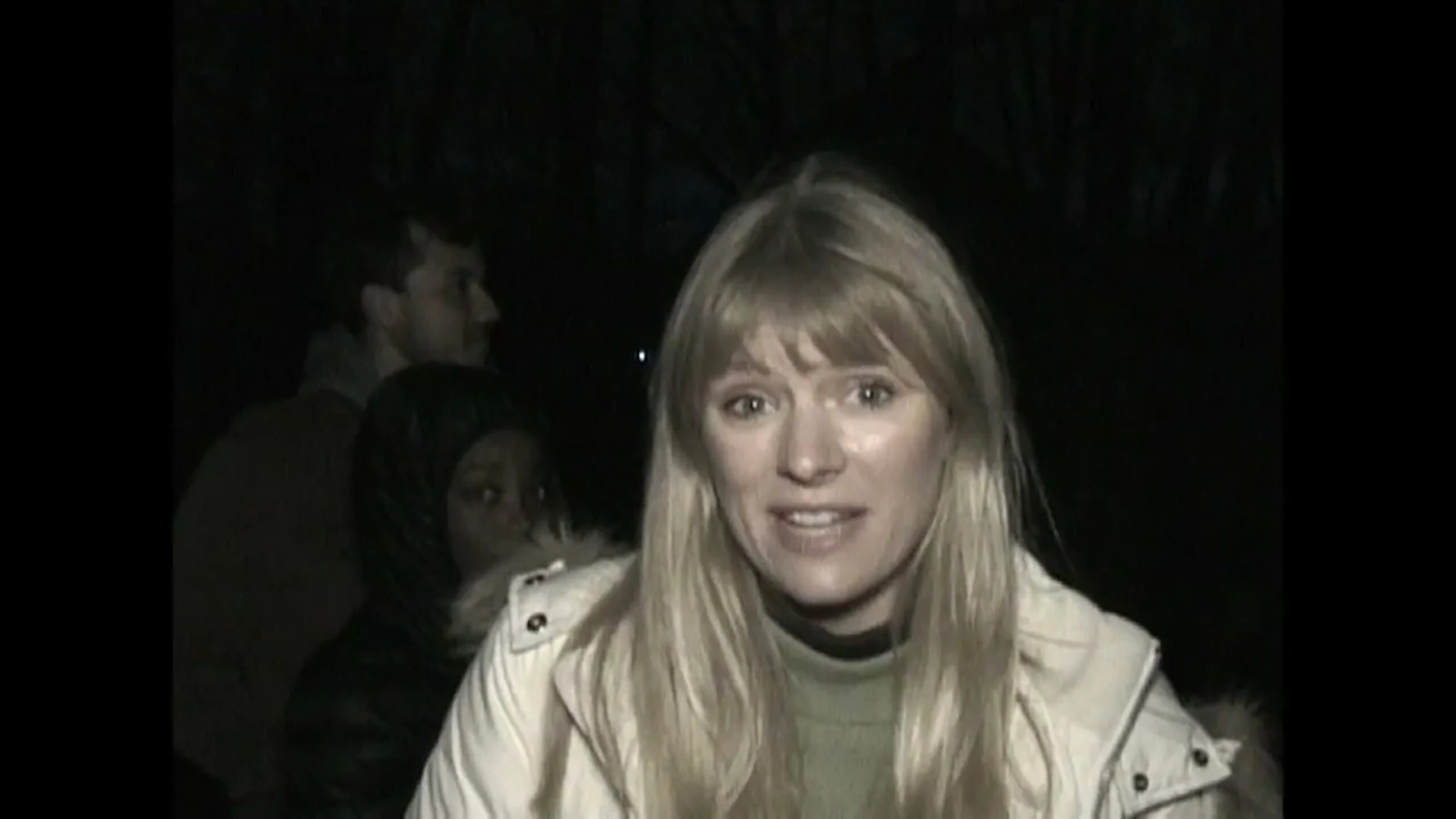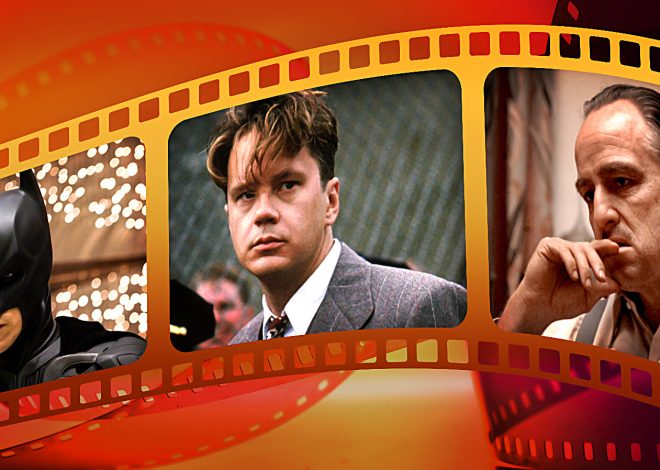
Shelby Oaks Review: A Stellar Supernatural Mystery
With the inclusion of the “Lake Mungo”-style of found footage, “Shelby Oaks” tricks the viewer into constantly being on the lookout for something sinister hiding in the background. This isn’t a horror movie with the intent of jolting audiences with jump scares, but instead constantly creeping up on them as they settle into what feels like a familiar supernatural mystery. It’s hard not to become paranoid as Mia descends deeper and deeper into her investigation. We know she’ll inevitably find something, and Stuckmann beautifully keeps us at arm’s length — forcing the audience to sit in an anxious pool of curiosity.
Mia’s quest to learn the truth about Riley takes her into uncharted territory, bringing her to disquiet locations, like an abandoned amusement park and a dilapidated prison (The Ohio State Reformatory as used in “The Shawshank Redemption”). They are both easy pulls to disturb audiences by mere existence, but “Shelby Oaks” wisely toys with both locations through footage of Riley’s Paranormal Paranoids investigations, and Mia’s visits. Even with the million-dollar budget, there’s something that still feels incredibly DIY about “Shelby Oaks,” which works fantastically for a film that blurs the lines between reality and narrative fiction.
It’s like the horror version of “Kevin Can F*** Himself,” when the camera switches between the multi-camera sitcom set-up to the single-camera look of prestige TV. Riley’s footage is gritty and analog while Mia’s is cinematic. Viewing the world from different perspectives and time periods often feels like we’re peering into a world we’re not supposed to see. Fluctuating between the paranoia of trying to solve Riley’s disappearance through the footage left behind and the heartbreaking terror of the sister who refuses to give up on her allows what in lesser hands would be a paint-by-numbers ghost story transform into a deeply empathetic character study of people dealt a cruel hand by the universe.


